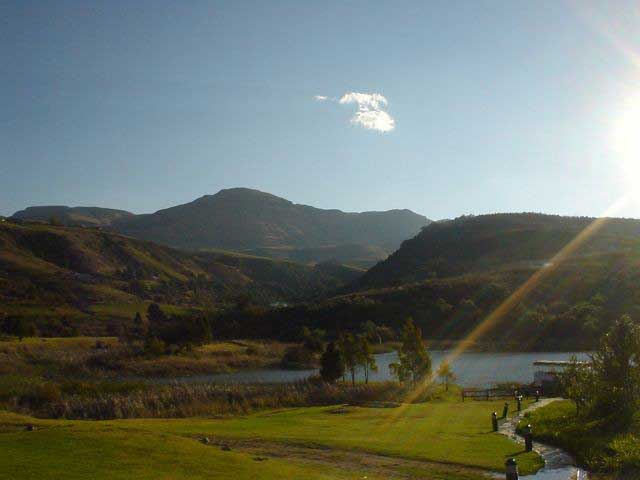The natural world: Fossil hunting in South Africa

I'm kneeling in a hole carved out of brick-red rock, my face a few inches from the floor. The sun is hot on my back and the sweat keeps running into my eyes. In front of me are the delicate, creamy-white and exquisitely delicate bones of a small, plant-eating dinosaur.
We have just exposed them to sunlight for the first time in nearly 180 million years and my companions and I, sitting on this South African hillside, are the first humans ever to see these objects. It's something of a rush.
The rock is incredibly hard. We use a combination of picks, rock saws and fine hand tools – all of which were carried here on our backs in the late morning heat – to release our prize.
We're taking it in turns to complain – about the temperature, the walk, the weight of the packs and the additional weight of the fossils that we will ease down the almost vertical rock faces we scaled on our way up here. However, none of us would rather be anywhere else.
This has to be one of the best places in the world to hunt for dinosaur fossils. Not only are the rocks around Clarens rich in the remains of ancient life, but the scenery is simply awesome. Clarens is a small, pretty town situated deep in the Rooiberg range, providing an introduction to the nearby peaks of the mighty Drakensberg. It's popular with tourists and artists, offering us a civilised sanctuary after a hard day of rock breaking and walking.
The mottled purple-red rocks we search form imposing, sharp-edged hills and mountains around the town, but most spectacular of all are the flaming cliffs of the Clarens Sandstone, whose pinnacles blaze into almost luminescent life with the rays of both the morning and late afternoon sun. The reds and oranges they produce are so vivid they look almost artificial. Once the sun sets, this sea of light disappears quickly to be replaced by a deep, warm African darkness that reveals the Milky Way in its full glory.
A decent glass of pinot noir and an excellent steak await us at the Highlander Pub, just a short walk from our place. This is how all fossil hunting should be done...
Paul's dinosaur dig will be feature in "Museum of Life", a new six-part documentary filmed in the Natural History Museum and locations around the world. The first episode starts at 8pm this Thursday on BBC2; nhm.ac.uk
Subscribe to Independent Premium to bookmark this article
Want to bookmark your favourite articles and stories to read or reference later? Start your Independent Premium subscription today.

Join our commenting forum
Join thought-provoking conversations, follow other Independent readers and see their replies